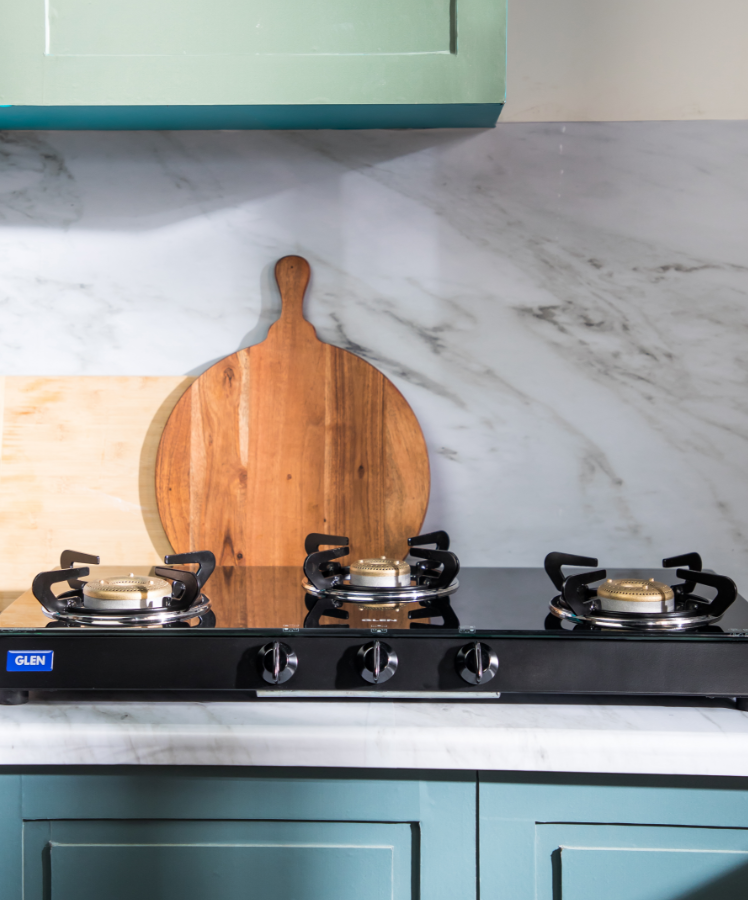

What is a Ductless Kitchen Chimney?
A ductless kitchen chimney, also known as a recirculation chimney, functions by recirculating the air within the kitchen rather than expelling it outside. These chimneys are particularly advantageous for kitchens with space constraints or where duct installation is not feasible. They use a combination of grease and carbon filters to purify the air before releasing it back into the kitchen.
How Does a Ductless Chimney Work?
- Filtration Process: When cooking, the ductless chimney pulls in air through its filters.
- Carbon Filters: The air passes through multiple filters inside the chimney, including grease filters to capture oil and grease particles and carbon filters to eliminate odors.
- Recirculation: After filtration, the purified air is released back into the kitchen, free from grease, smoke, and odors.
Differences Between Ductless and Traditional Chimneys
- Air Circulation: Traditional chimneys expel air outside through a duct, while ductless chimneys recirculate filtered air back into the kitchen.
- Installation: Ductless chimneys don’t require ducting, making them suitable for apartments and kitchens where ducting is challenging.
- Maintenance: Carbon filters in ductless chimneys need to be changed every 4-5 months, depending on the type of cooking.
Advantages of a Ductless Kitchen Chimney
- Easy Installation: No need for ducting through walls or ceilings.
- Cost-Effective: Lower initial installation cost, although carbon filters need regular replacement.
- Flexibility: Suitable for any kitchen setting, even rental apartments.
- Warm Kitchen: Keeps the kitchen warm by recirculating the warm air.
Limitations of a Ductless Kitchen Chimney
- Filter Replacement: Regular replacement of carbon filters is necessary.
- Reduced Efficiency: Lower suction capacity due to the carbon filters.
- Not as Effective for Heavy Cooking: Struggles with heavy smoke or intense cooking smells without proper maintenance.
- Ongoing Costs: Continuous replacement of carbon filters adds to long-term costs.
Conclusion
While ductless chimneys offer a convenient and efficient solution for kitchen ventilation, especially in spaces without provision for ducting, traditional chimneys with ducts are generally more efficient and cost-effective in the long run. For those in rental apartments or kitchens where ducting is not an option, ductless chimneys provide a viable alternative.
Contact Us
At Glen, we offer a range of ductless chimneys in various sizes and designs. To find the best chimney for your kitchen, feel free to reach out to us via WhatsApp or dial 9717156666 to connect directly with our sales team for better assistance.

















Leave a comment